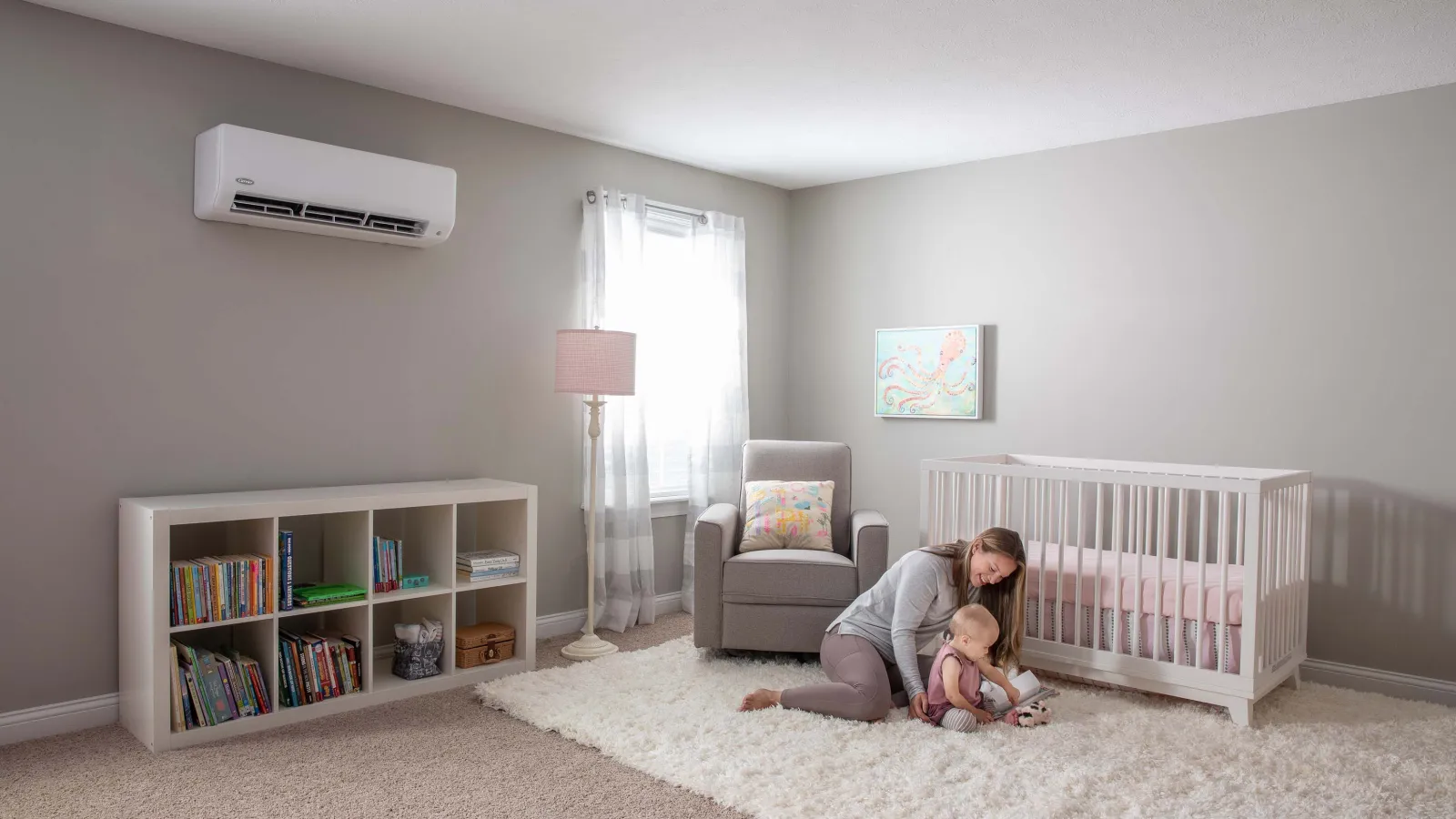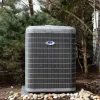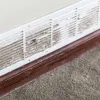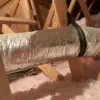Strange noises are annoying. And when they’re coming from your air ducts, you might be worried there’s something wrong with your HVAC system.
If you hear an air duct popping noise or a furnace banging noise, there’s good news and bad news.
The good news is that nothing is probably “wrong,” per se. In other words, it’s unlikely that your furnace or heat pump is broken or that there’s some kind of loose part you need to be worried about.
The bad news is that there’s an issue with your ductwork. Until you address it, the furnace knocking sound probably won’t go away.
Why are you hearing a furnace popping noise?
Before we get into the weeds here, keep this in mind: The specific cause of your heating duct popping noise might be unique, different, or outside the norm. The only way to know why you’re hearing what you’re hearing is to have an HVAC professional diagnose the problem.
With that caveat out of the way, these are perhaps the two most common reasons you’ll have this problem:
1. Sheet metal ducts with no insulation
During the hottest and coldest times of the year, the temperature on one side of your ducts is dramatically different from the temperature on the other side. That’s especially true when your ducts aren’t insulated, which they aren’t in many older homes.
Consider a cold winter morning when your furnace or heat pump starts up after being idle for an hour or more. If the furnace is in your crawlspace, both the furnace and the ductwork coming off the unit are very cold. Ever touched a bare metal handrail on a frigid winter morning? That’s the condition of your ducts at 6:00 AM in January.
As soon as the hot air from the furnace hits the cold ducts, the metal starts to expand quickly. When this happens, an air duct popping noise may result from the rapid expansion of the cold metal. It doesn’t mean anything is broken, but it’s irritating!
2. Cheap, thin, undersized sheet metal ducts
Sometimes, builders cheap out. So do HVAC companies, but that’s a whole other blog.
One of the ways they cheap out (other than not insulating your hard pipe ducts) is to use really thin sheet metal that really shouldn’t be used for duct material. If the metal is thin, any given section of it is likely to pop inward or outward if placed under enough pressure.
But wait! It’s not just that the ducts are made out of thin sheet metal. It’s also that many contractors don’t bother to install ductwork that’s the right size. When they don’t, they’ll usually undersize the ductwork and/or oversize your HVAC system. So now you’ve got ducts that are too small for a large amount of air being pushed through them and they’re made out of thin, flimsy metal.
Yeah, you bet they’re gonna pop and bang when the system turns on!
Oh, and the scenario above about warm air on cold metal? All of that applies in this situation as well. You’ll get that signature furnace knocking sound whenever the system kicks on after sitting idle plus additional noise from the wimpy ducts.
How to stop the air duct popping noise
Ok, now you know why your ducts might be making these sounds. Here are two ways to solve the problem:
1. Seal and insulate your ducts
Wrapping your ducts in insulation should solve your “cold winter morning” heating duct popping noise. During warmer months, it also reduces the likelihood that condensation will form on the ducts. That’s a nice perk.
But hold on! This isn’t as simple as grabbing some duct wrap and some tape and setting aside an afternoon.
Before you insulate the ducts, you should air seal them to plug all the leaks. And that’s a bit more complicated.
Even insulation won’t stop duct leaks from costing you money, overworking your HVAC system, and circulating unclean air. That’s why you should seal duct leaks as part of any duct insulation project. And you need to do it before insulating the ducts.
At PV Heating, Cooling & Plumbing, our process for duct sealing reduces duct leakage to 4% or less. We measure our progress during every duct sealing project to ensure we’re hitting that ambitious benchmark!
Only after sealing the ducts should, you insulate them. Do both of those things, and your ducts will probably stop knocking and popping when the furnace kicks on. You’ll also save money on your utility bills because you’re minimizing energy loss through your ducts.

2. Replace your ducts
Replacing your ducts is usually more cost effective than insulating them.
When you replace your ducts — and this assumes you go with a contractor who installs them properly — you’re getting three things that you don’t have today:
- Insulated ducts: Your new ducts will be insulated from the get-go. That’s not just because your contractor likes you; it’s because modern codes require the ducts to be insulated.
- Sealed ducts: Be sure you choose an HVAC contractor who will seal the ducts as part of the installation.
- Properly sized ducts: Ductwork system design should always involve a room-by-room Manual J load calculation. It should also involve Manuals S, T, and D.
These measurements show us what kind of HVAC components, duct sizes, duct lengths, and grille sizes are necessary to move the right amount of air to all the rooms in your home.
This process results in new ducts that are the right size and hit every conceivable metric for energy efficiency! And yes, you’re almost sure to get rid of that furnace-knocking sound when you go this route.
Bonus solution: Variable speed HVAC systems
You might not be ready to replace your AC or furnace right now. But if you are (and you’re dealing with an air duct popping noise), a variable speed system may help.
We’ve discussed variable speed HVAC at length here, here, and here. Suffice it to say, variable speed is awesome! You can read all about it on those blogs. When it comes to a furnace banging noise, variable speed is helpful because of two things: airflow and run cycles.
If your current system sends a large volume of air into your ducts so that they’re always popping, you won’t have the problem as often with a variable-speed system. Since variable-speed HVAC units run at a low speed most of the time, there’s a smaller volume of air being pushed through your ducts at any given moment. The flimsy sheet metal is less likely to bow inward and outward.
And since variable speed systems run for longer cycles than standard systems, the ducts are less likely to go for long periods where air isn’t moving through them. In the winter, they won’t sit idle for hours and get cold. A near-constant stream of warm air will keep them warm, so you’ll have less of that rapid expansion and the furnace-banging noise that results.
Of course, you really should insulate or replace your ducts in conjunction with the installation of a variable speed system. Variable speed isn’t an end-all, be-all solution for a furnace knocking sound, but it certainly can help.
Important: Something different might be causing your heating duct to pop noise
While the issues we just discussed are often what’s behind a furnace knocking or air duct popping noise, they’re not the only possible cause. Your specific problem might be unique and different!
That’s why it’s a good idea to call an HVAC professional to diagnose the problem. After examining your ductwork, your HVAC system, and your home, an experienced contractor would be able to determine the source of the noise and point you toward the right fix.
If you live in Metro Atlanta and are concerned about a popping, knocking, or banging noise in your ducts, get in touch with us today!





